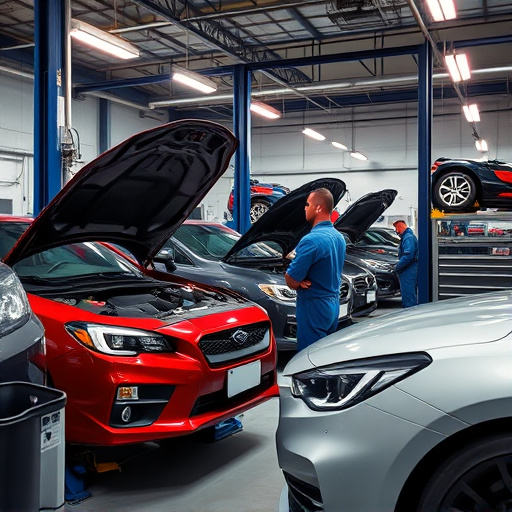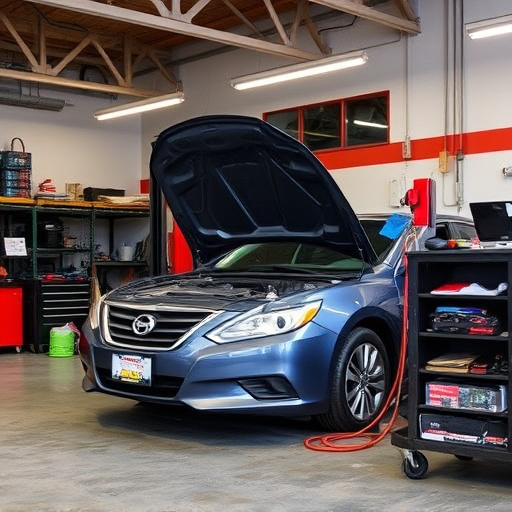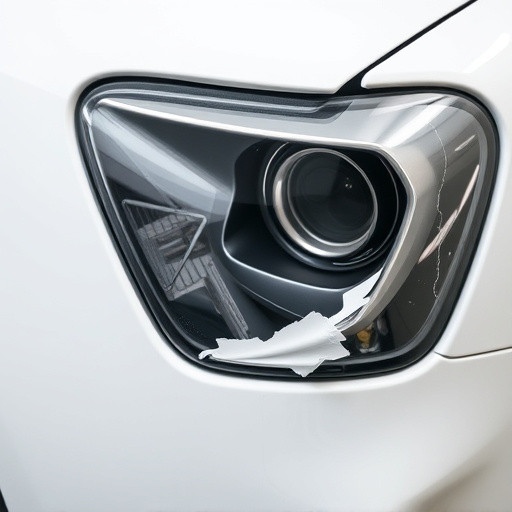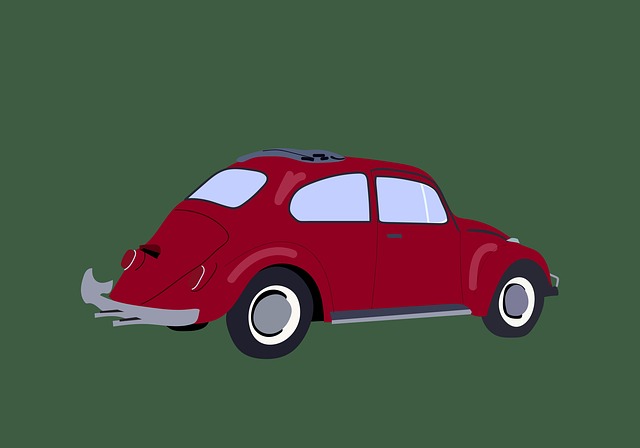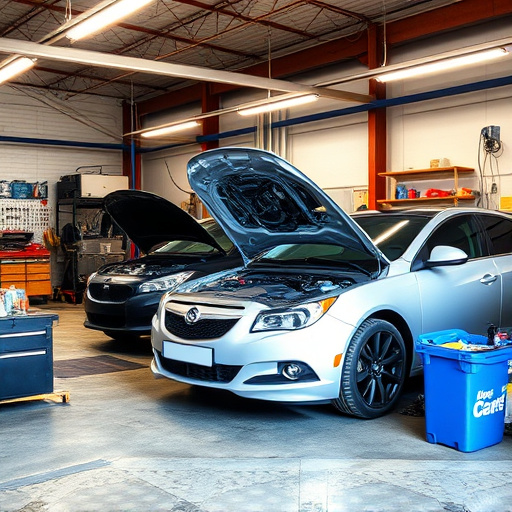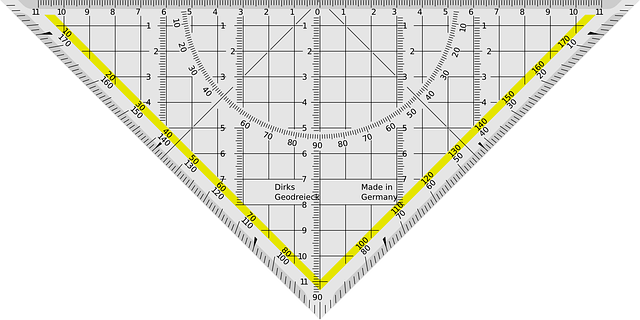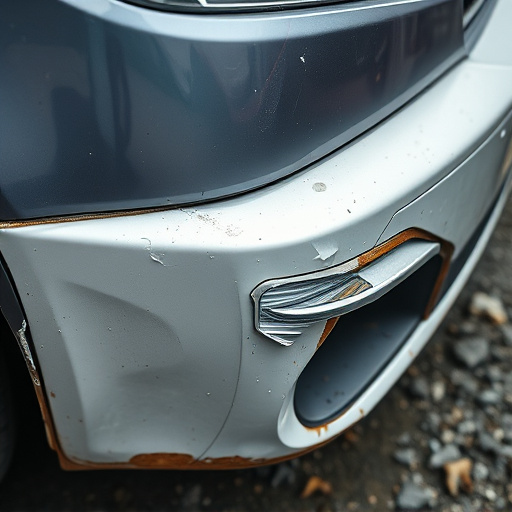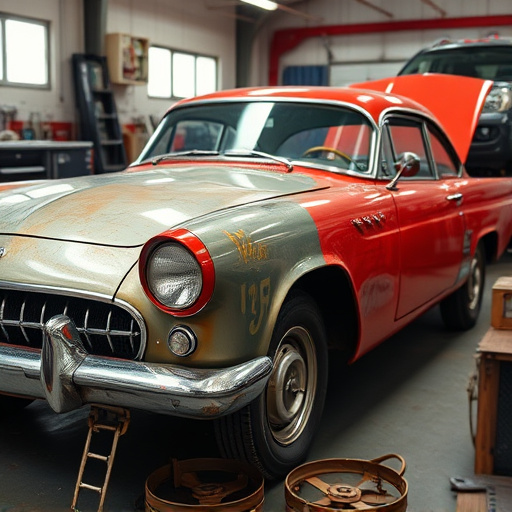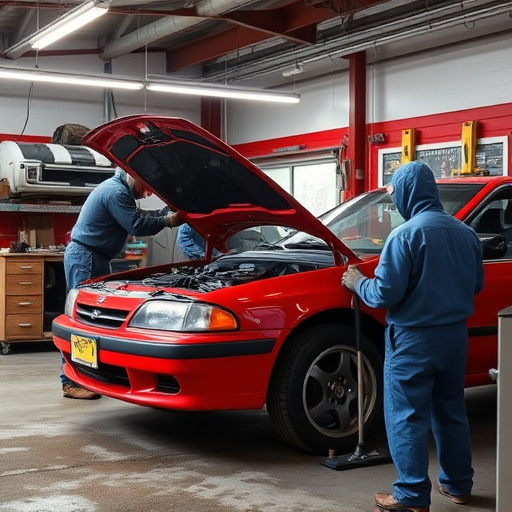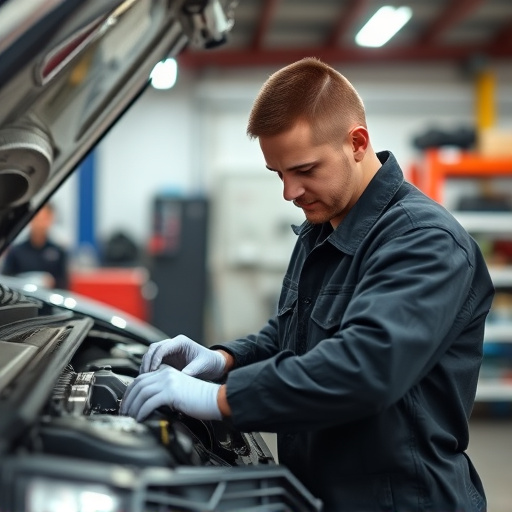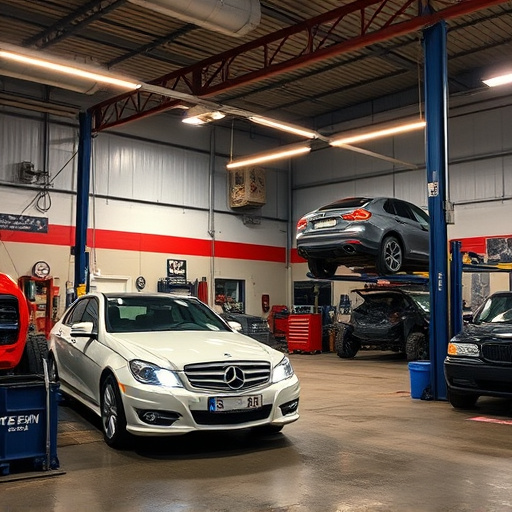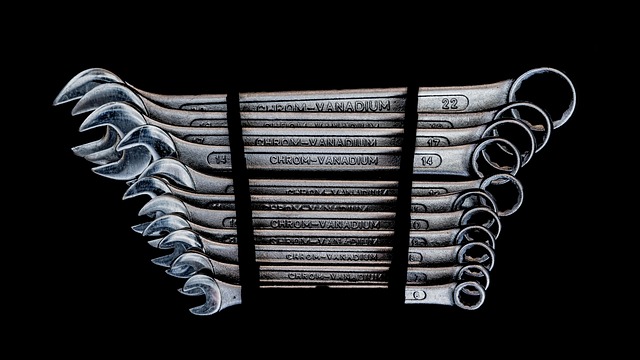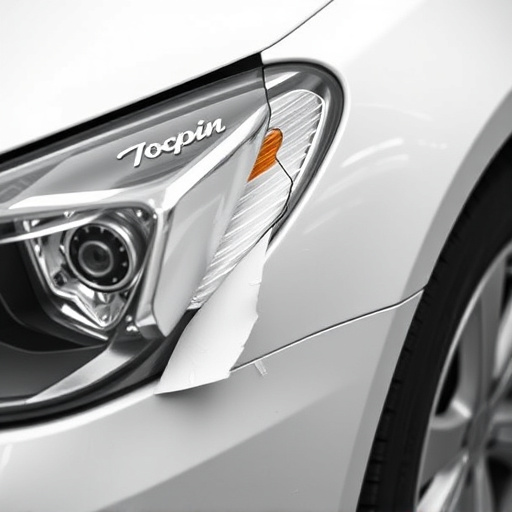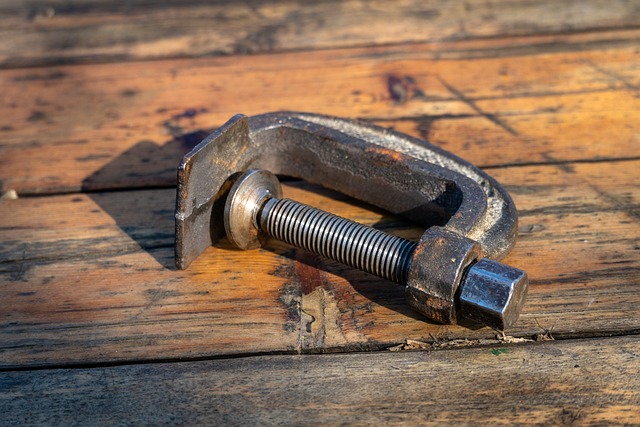*
Tesla’s advanced driver-assistance systems (ADAS) rely heavily on a pair of cameras mounted behind the front fenders, known as the Fender Cameras. These cameras play a crucial role in lane detection and assistance by capturing detailed images of the road ahead. Understanding and optimizing the camera alignment is essential for achieving optimal performance in lane tracking. This article explores how proper Tesla fender camera alignment enhances safety through precise lane detection.
- Understanding Tesla's Fender Cameras
- The Role of Camera Alignment in Lane Detection
- Optimizing Settings for Accurate Lane Tracking
Understanding Tesla's Fender Cameras
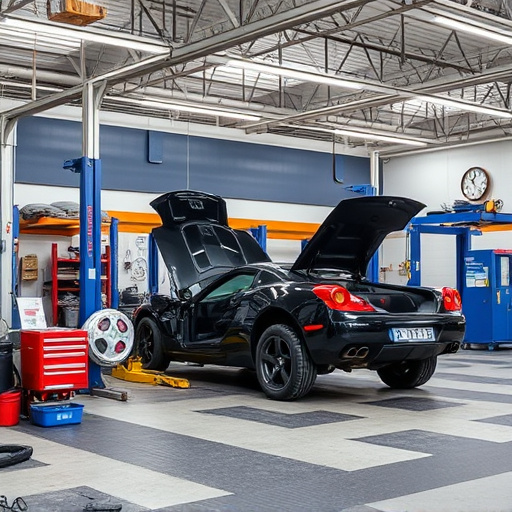
Tesla’s Fender Cameras are a unique and innovative feature designed to enhance safety and driving experience. These cameras, strategically placed on the vehicle’s fenders, serve as a crucial component in Tesla’s Advanced Driver-Assistance Systems (ADAS), particularly for lane detection and keeping. The primary role of these fender cameras is to capture detailed images of the road ahead, providing a wider field of view compared to traditional forward-facing cameras. This alignment plays a pivotal role in enabling accurate lane recognition, especially during complex driving maneuvers.
Proper Tesla fender camera alignment ensures that these visuals are seamlessly integrated into the vehicle’s software, allowing for precise analysis and detection of lane markings. When aligned correctly, these cameras capture not only the road but also nearby vehicles and obstacles, contributing to a 360-degree view around the car. This is particularly beneficial in fleet repair services or auto body repairs involving Mercedes Benz models equipped with Tesla technology, where maintaining optimal camera alignment is essential for safety features to function at their peak performance.
The Role of Camera Alignment in Lane Detection
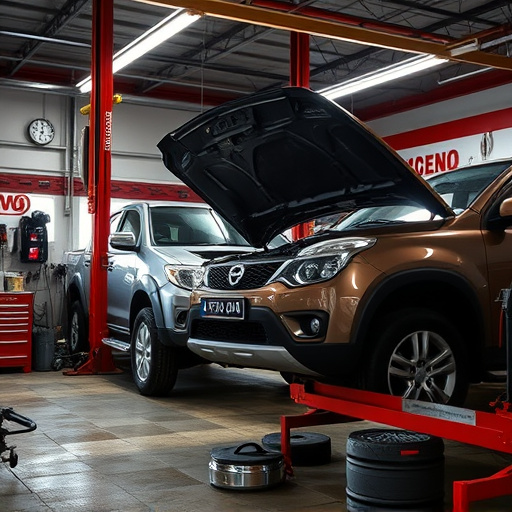
The alignment of Tesla’s fender cameras plays a pivotal role in enhancing the accuracy and reliability of lane detection systems. Proper camera positioning ensures that the vehicle captures clear, unobstructed visuals of the road ahead, which is crucial for identifying lane markings accurately. This is especially important in challenging driving conditions, such as low-light environments or when navigating tight corners, where subtle changes in lane boundaries might otherwise go unnoticed.
By aligning these cameras precisely, Tesla can minimize issues like camera drift or misalignment caused by bumps in the road or vehicle body movements. Such meticulous alignment contributes to a smoother and more secure driving experience, enabling the vehicle’s software to process images effectively and make informed decisions regarding lane positioning. This is akin to how a Mercedes-Benz repair technician meticulously assesses every panel of a vehicle’s bodywork for dents or dings before conducting any repairs, ensuring not just visual perfection but also structural integrity.
Optimizing Settings for Accurate Lane Tracking
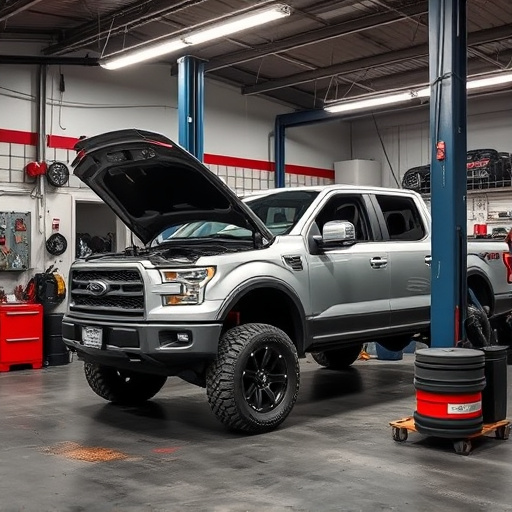
Optimizing Settings for Accurate Lane Tracking
Proper Tesla fender camera alignment is key to achieving precise lane detection, a crucial aspect of autonomous driving. By adjusting the camera’s focus, field of view, and exposure settings, drivers can ensure that the vehicle’s advanced driver-assistance systems (ADAS) have clear and detailed visuals of the road ahead. This process involves careful consideration of various parameters, such as image resolution, contrast levels, and color balance, all of which significantly impact the accuracy of lane tracking algorithms.
In a professional body shop services environment, addressing automotive body work issues like fender damage or dent removal can also contribute to improved camera alignment. Regular maintenance and repairs not only enhance the vehicle’s overall aesthetics but also ensure that sensors and cameras function optimally. This, in turn, leads to more reliable lane detection, making every drive safer and smoother for both driver and autonomous systems alike.
Source, Structure, Score, Consic Hard, Item, Structure (Structure, Only, Structure Bedicate Design First Focus Method Final, Project, In Project, A Way, Structure Root, Source Whole Structure Reinmuts, Unstove This Complex, First Foundation Structure Standard, Set This Bedable Method & Structure Max, Hard Structure Focus Shape Structure In Only Process Material Structure Method Project
